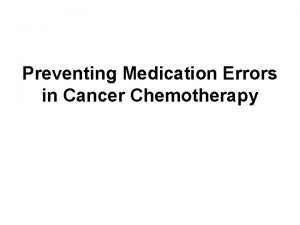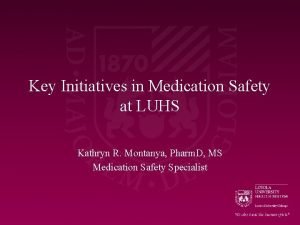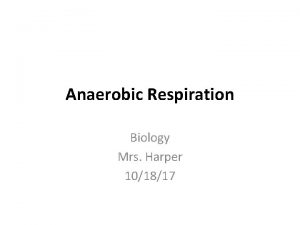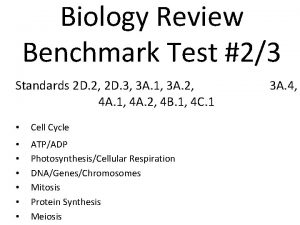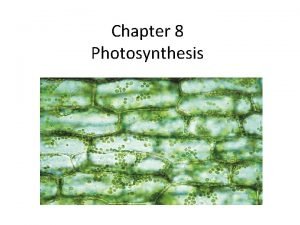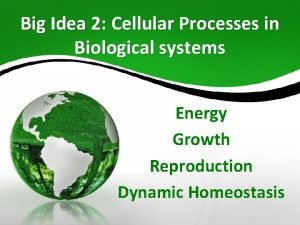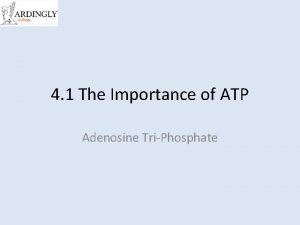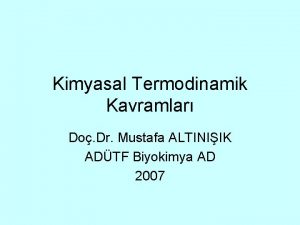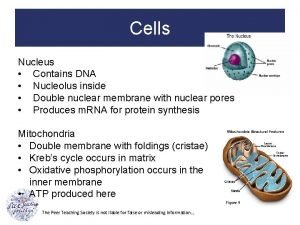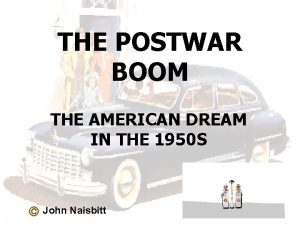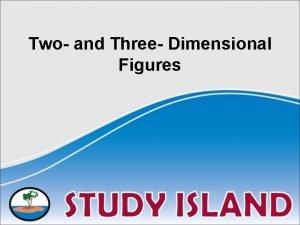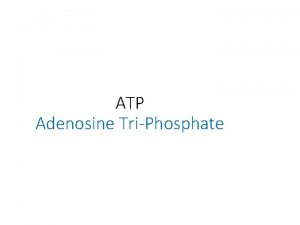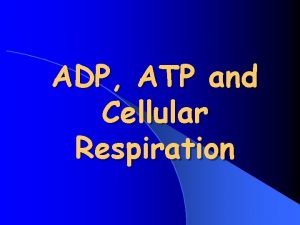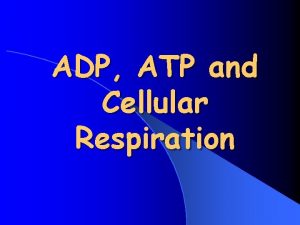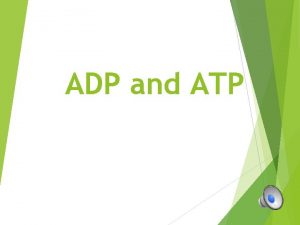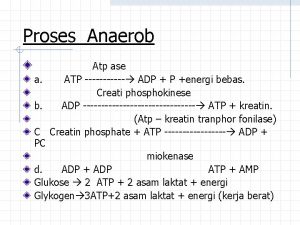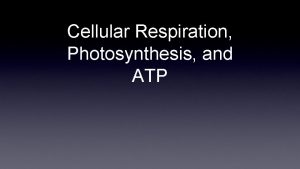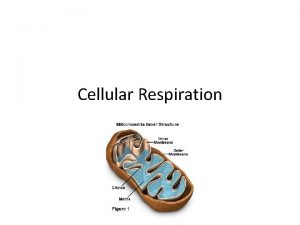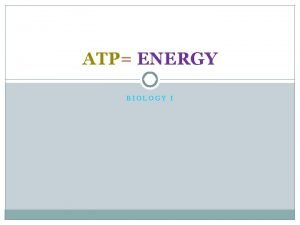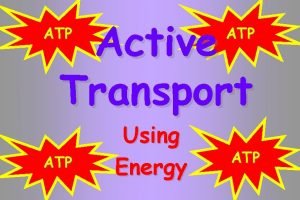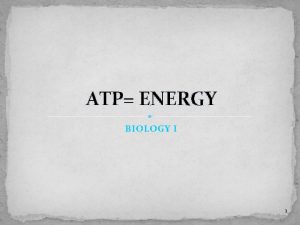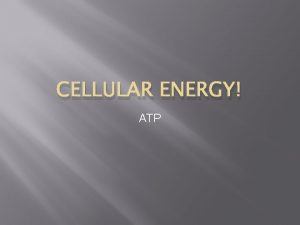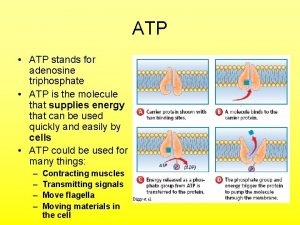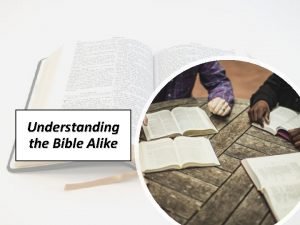ADP ATP How are ATP and ADP alike
















- Slides: 16

ADP & ATP

How are ATP and ADP alike? • Both have adenosine and phosphates

KEY CONCEPT All cells need chemical energy.

What Is ATP? Energy used by all Cells Adenosine Triphosphate Organic molecule containing highenergy Phosphate bonds

What Does ATP Do for You? It supplies YOU with ENERGY!

The chemical energy used for most cell processes is carried by ATP. • Molecules in food store chemical energy in their bonds. Starch molecule Glucose molecule

Chemical Structure of ATP Adenine Base 3 Phosphates Ribose Sugar

• ATP transfers energy from the breakdown of food molecules to cell functions. – Energy is released when a phosphate group is removed. – ADP is changed into ATP when a phosphate group is added. phosphate removed

Organisms break down carbon-based molecules to produce ATP. • Carbohydrates are the molecules most commonly broken down to make ATP. – not stored in large amounts – up to 36 ATP from one glucose molecule adenosine triphosphate tri=3 adenosine diphosphate

What is the Process Called? HYDROLYSIS (Adding H 2 O) H 2 O

How Do We Get Energy From ATP? By breaking the high- energy bonds between the last two phosphates in ATP

• Fats store the most energy. – 80 percent of the energy in your body – about 146 ATP from a triglyceride • Proteins are least likely to be broken down to make ATP. – amino acids not usually needed for energy – about the same amount of energy as a carbohydrate

A few types of organisms do not need sunlight and photosynthesis as a source of energy. • Some organisms live in places that never get sunlight. • In chemosynthesis, chemical energy is used to build carbon-based molecules. – similar to photosynthesis – uses chemical energy instead of light energy

How Does That Happen? An Enzyme!

How is ATP Re-Made? The reverse of the previous process occurs. Another Enzyme is used! ATP Synthetase

Go to • Energy and the Chemistry of Life, Part Two: Energy—ATP discovery education streaming • 7: 30 min
 Insidan region jh
Insidan region jh Look alike sound alike medical terms
Look alike sound alike medical terms Look alike drug list
Look alike drug list Buretrols
Buretrols Difference between atp and adp
Difference between atp and adp Atp to adp cycle
Atp to adp cycle Atp and adp cycle
Atp and adp cycle Energy coupling
Energy coupling Explain how adp and atp are each like a battery
Explain how adp and atp are each like a battery что на картинке
что на картинке Fosforilasyon çeşitleri
Fosforilasyon çeşitleri Atp adp dönüşümü
Atp adp dönüşümü Atp-adp cycle
Atp-adp cycle Ron offutt house
Ron offutt house 1 dimensional figures
1 dimensional figures Romeo and juliet script translation
Romeo and juliet script translation Parasitism
Parasitism


